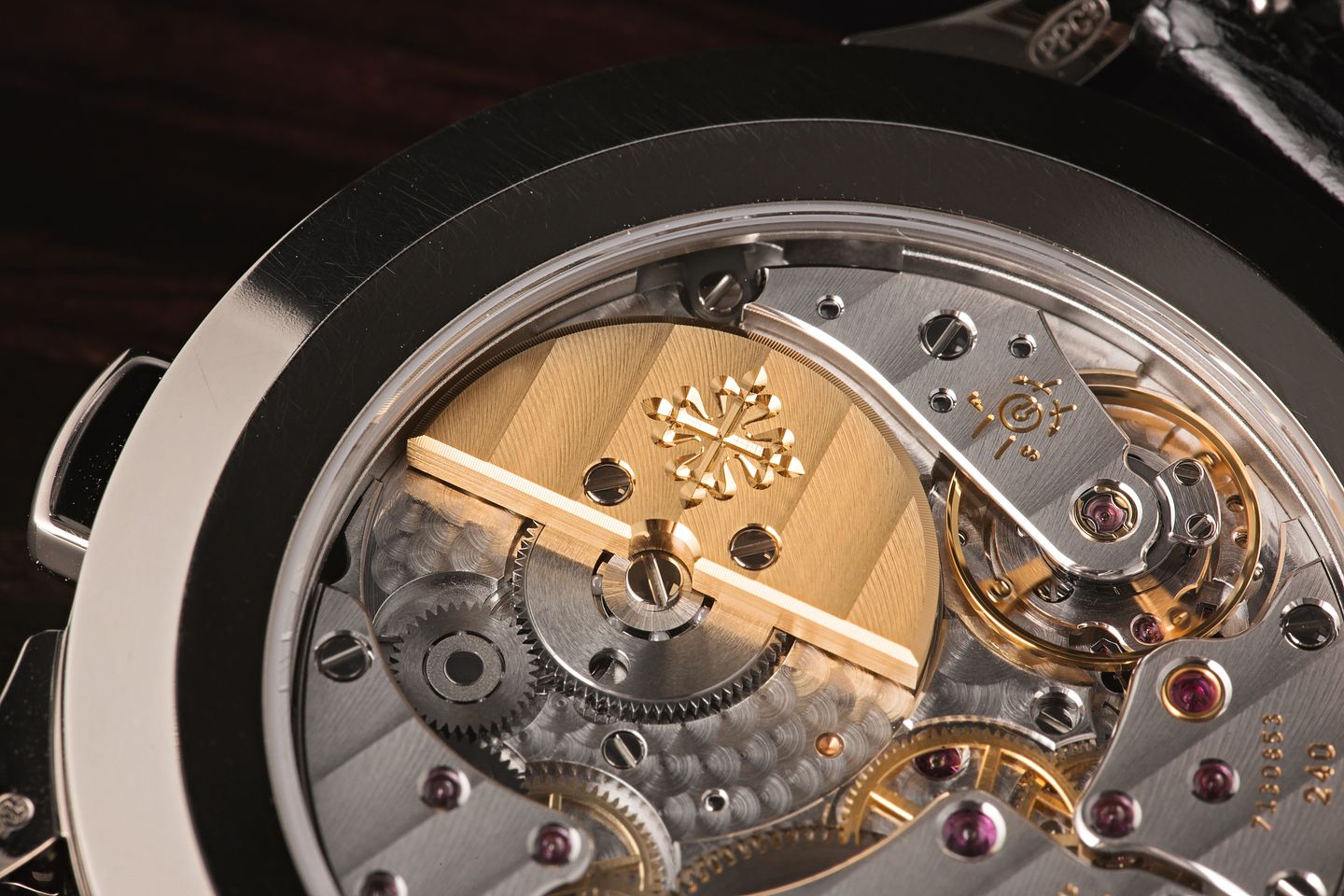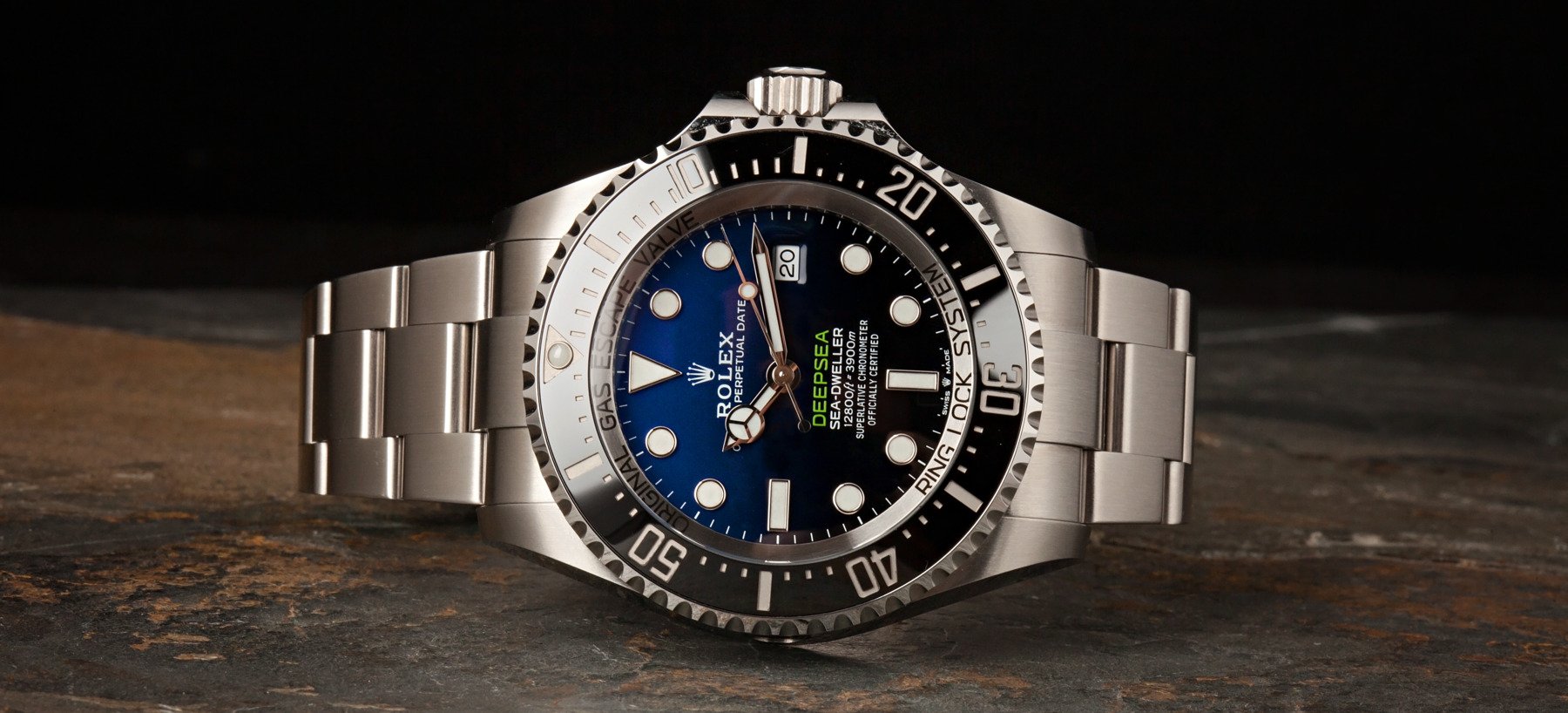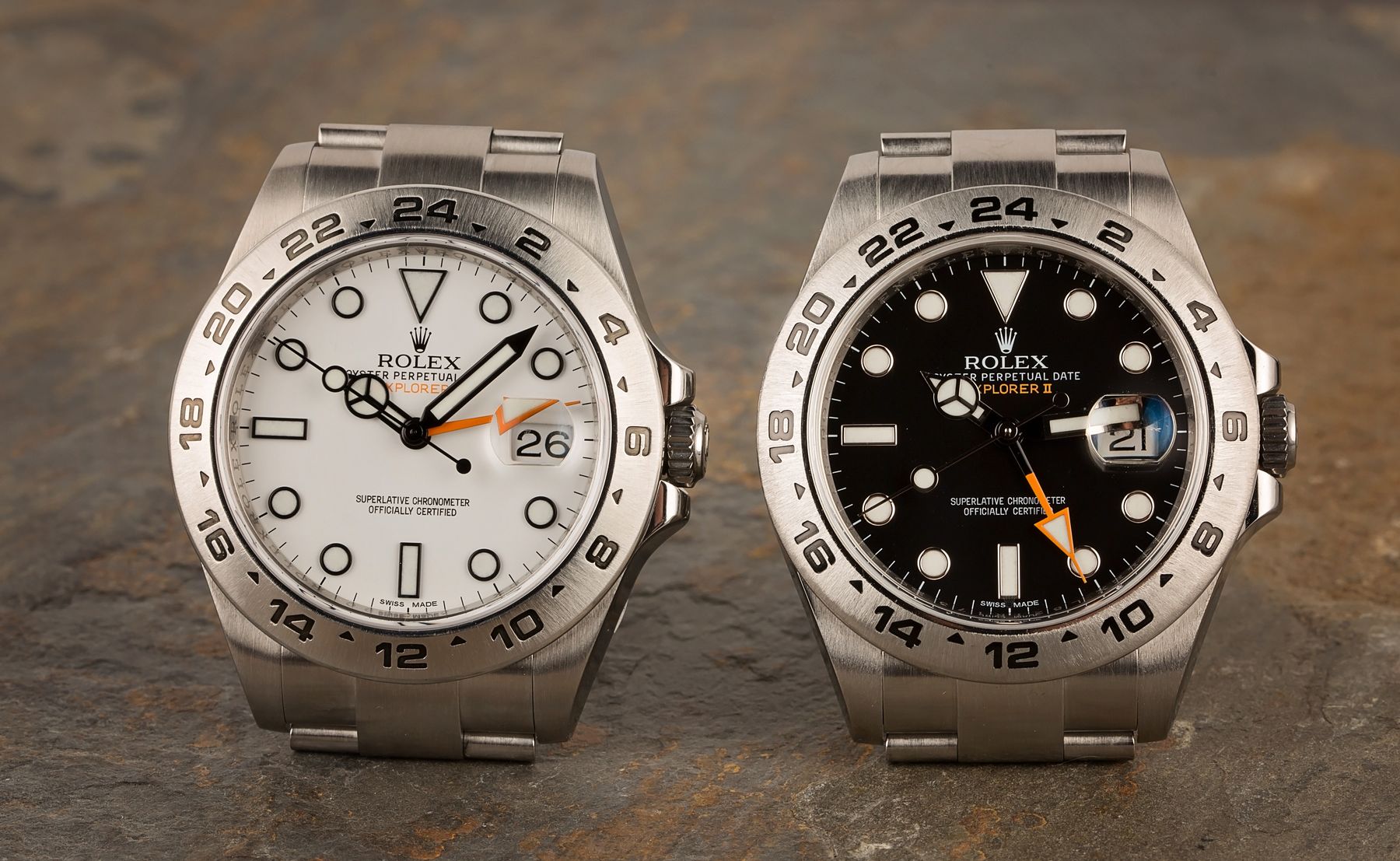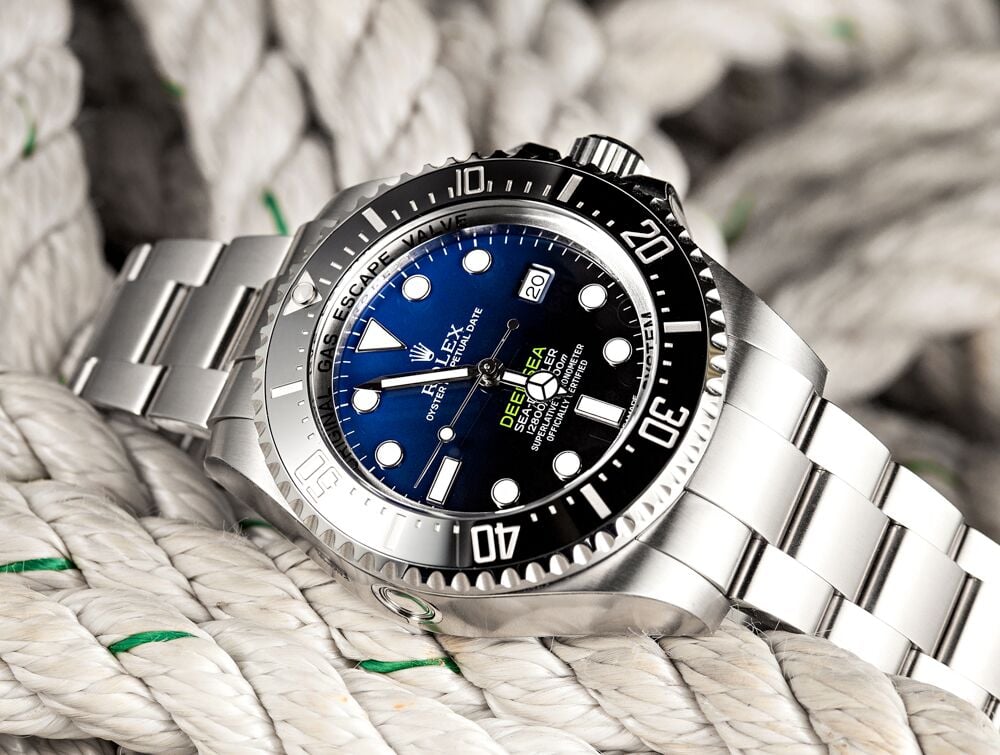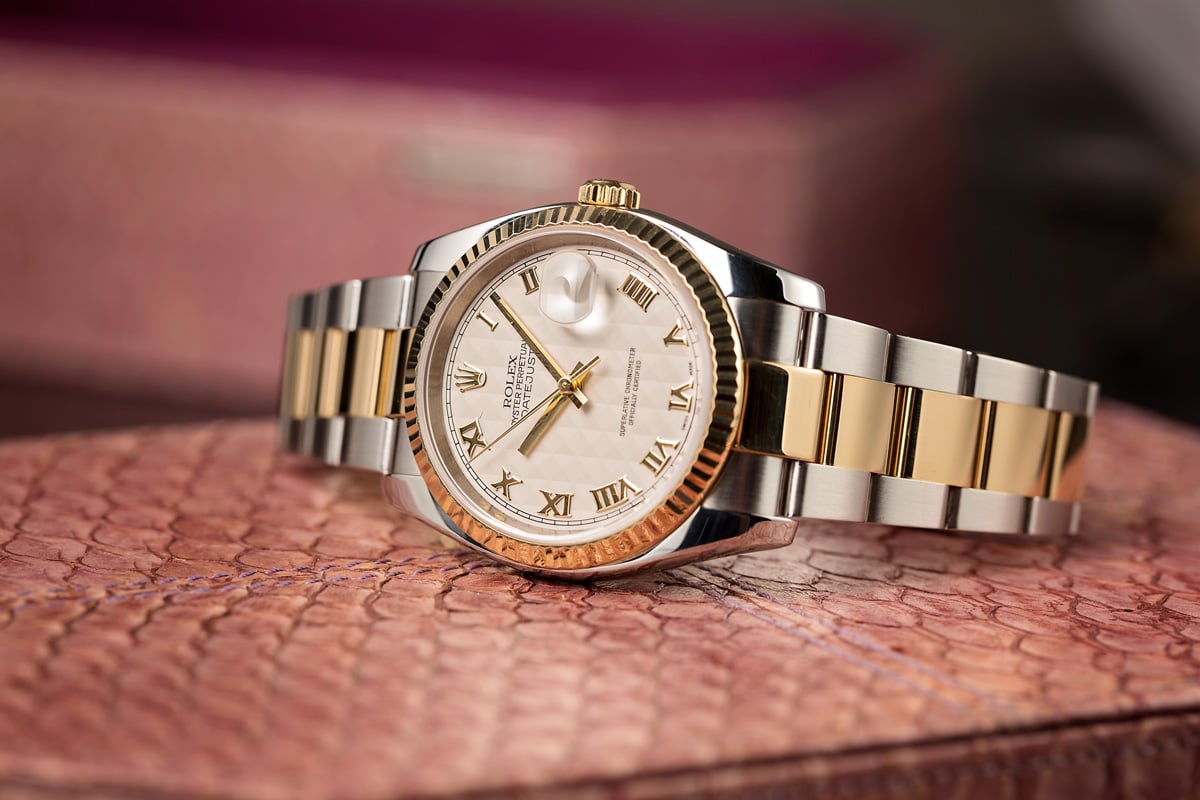You might think that because you’ve paid a significant sum of money for a luxury watch product that the moment you leave the store/website, the bulk of your outlay has been dealt with. And while that is likely to be true for many years to come, the cost of servicing a complicated (or even relatively basic) mechanical timepiece adds up over the years, with its total often eventually eclipsing the original retail price.
On the one hand, this is a good sign – it means your purchase has been worth maintaining, that it has been a faithful companion for many years, and that (one would hope) it has brought you much joy over that time. And as “happy” as owners of luxury watches are to submit them for service, there is always a modicum of annoyance at having to hand over wads of cash just to keep something running (especially when it seemed to be running just fine in the first place).
To that point first: watches such as the Rolex Submariner are often called “bulletproof” and praised for their durability; however, regardless of how robust something is in its construction, all mechanical objects require regular maintenance. Most luxury watchmaking companies will advise customers to have their watch serviced every 3-5 years to ensure optimal operation and to protect against serious wear and tear, although some manufacturers are now creating watches with service intervals of up to ten years. But what exactly is meant by that and is it always necessary to adhere to the watchmaker’s advice?
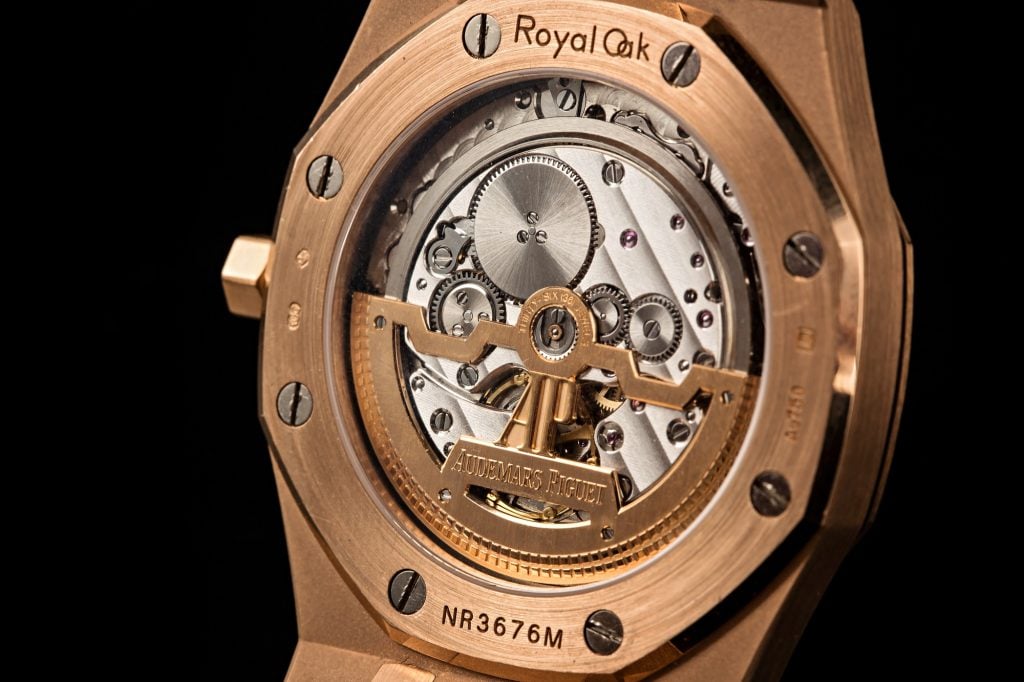
Why Luxury Watches Require Service
What “service” entails largely depends on the company you’re dealing with. It can make a difference if your watch is powered by either a third-party movement or an in-house creation. It can also make a big difference depending on the brand’s stability. And, as esoteric as it is, it is also worth checking for how long each brand guarantees to be able to repair their watches after the point of purchase. Generally, most major brands are confident in saying they will have the requisite parts to rebuild their watches from scratch for up to 30 years following the purchase. That’s a decent amount of time, but it might not be exactly what you want to hear if you’re planning on investing in an heirloom to hand down to your progeny.
With those caveats in mind, let’s address the terms “optimal operation” and “serious wear and tear.” It will probably come as no surprise to any fan of luxury watchmaking, that the items in question are finely-tuned machines. Hundreds of components interact multiple times per second to deliver the time to your eyes. This means there are thousands of active opportunities per hour for something to go wrong. To ensure the smooth running of these myriad components, specially-made lubricants are applied to surfaces required to bear a heavy load. Over time, these lubricants can dry out, coagulating particularly quickly should dirt or swarf sheared from damaged components come into contact with them. Should extraneous particulate find its way into the lubricant, this can have a doubly damaging effect on the components that the lubricant itself was applied to protect.
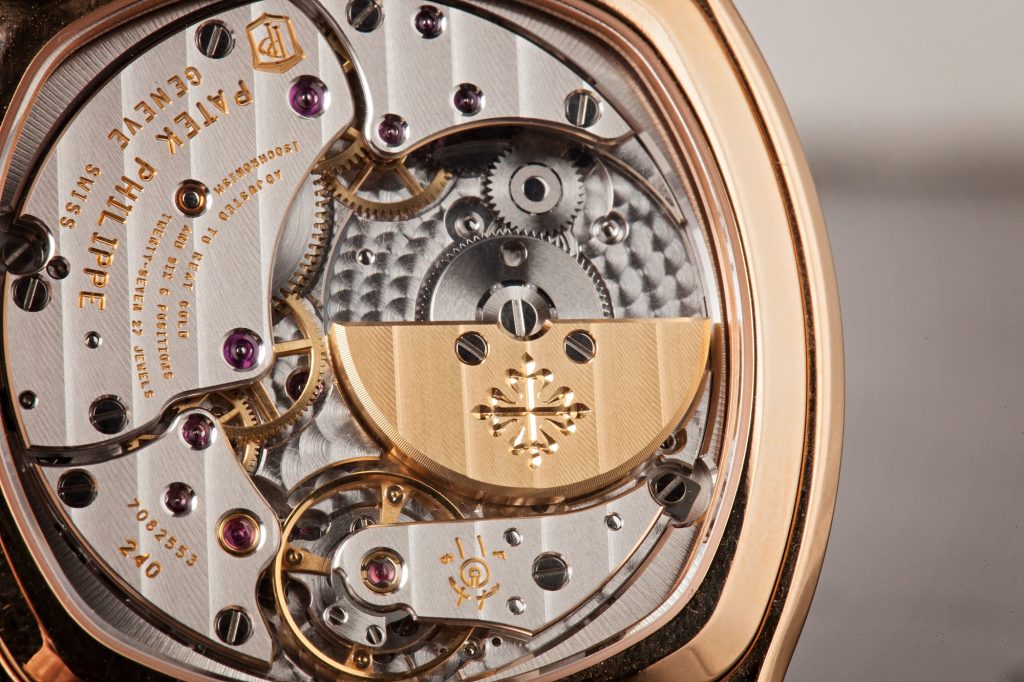
Reasons Luxury Watches Need Service
Let us say, for example, that a fine chip of brass is broken from a wheel tooth during an extreme shock to the watch. This is not wildly uncommon and may not even affect the time-keeping of the watch at all. This chip could spend a long time rolling around inside the mechanism causing minimal damage and negligible interruption.
However, should it find its way into the lubricant, it is likely to stick there. And once stuck it is likely to cause significant damage by frequently coming into contact with finely wrought components such as wheel pinions. And even though wheel pinions tend to made of steel (which is much harder than brass) the presence of a foreign body around or between the heavy bearing point of a pinion can still score the metal over time, roughening its surface, increasing the friction (and drag) between the pinion of the jewel-bearing in which it sits, and thus affecting the watch’s ability to keep good time.
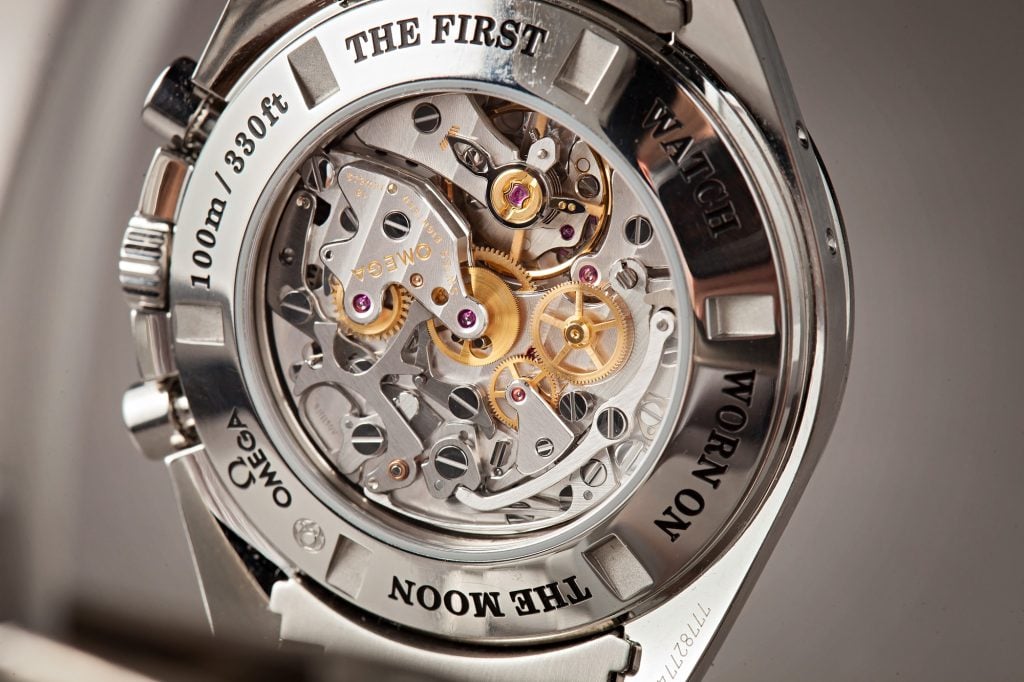
Proactive Maintenance vs. Necessary Repairs
Small issues like this – lubrication issues or minor damage to components caused through general use and nominal shocks – are what regular servicing can protect against. Just because your watch isn’t showing an error, doesn’t mean there isn’t one brewing inside. And damage to a wheel pinion (even damage so significant that the pinion is ground to dust and entirely obliterated) is small fry to the kind of damage that could occur to one of the more significant components – most notably, the mainplate.
This is what I mean by serious wear and tear. The point at which huge portions of the movement need replacing is a point all owners wish to avoid. This is not only expensive, but it can also be time-consuming. It can also have a very negative effect on the value of the watch and go as far as to destroy its provenance. Changing a random third wheel for another identical one out of the packet is one thing; changing a serialized baseplate is quite another. These massive failures normally take quite a bit of time to manifest, but it is important to stay on top of these things so major issues such as the one described do not occur.
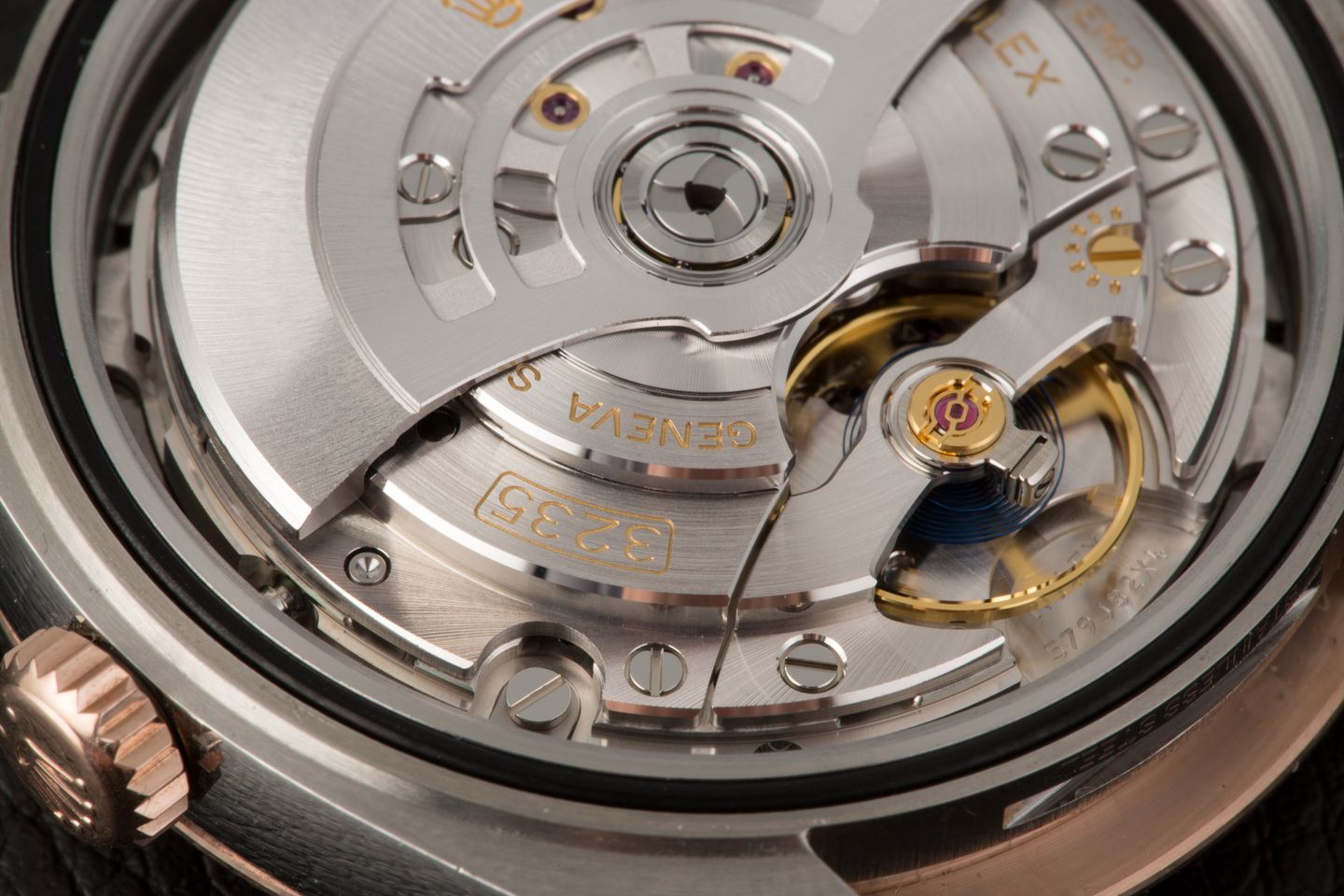
Servicing Third-Party vs. In-House Movements
And finally, to the question of brand. Here you must play a strategic game. Most new brands buy-in the majority of their movements. These movements also tend to be simple workhorses. The dual advantage of this is clear: Firstly, these common movements are readily available from other brands and nearly all service centers worth their salt will be able to source parts for them. Secondly, these garden movements aren’t very complicated and aren’t likely to be that temperamental (with a few notable exceptions). That means you can run these watches into the ground without too much concern. If its ticking and keeping good time, it isn’t so necessary to send it in as regularly as every three years (and you may well get away with a bit longer than five, especially if it is part of a rotation and not permanently attached to your wrist).
For more complicated watches with an esteemed heritage (take Patek Philippe, for example), you need not fear. These brands are often able to call upon centuries of know-how to fix almost anything that bears their name. Newer brands on this level, however, are not so reliable. High-tech brands that emphasize new materials and novel mechanics do not (and crucially will not) have the capacity to guarantee part sourcing for as long as their established peers. So if that’s the kind of watch you prefer to wear, be diligent with its upkeep. Don’t be afraid to lean on the brand’s customer service, and demand good quality work be carried out to ensure your favorite ticker keeps running, and running well, for many years to come.
Servicing luxury watches is not only about maintaining their performance but also about preserving their value over time. Rolex, renowned for its durability and precision, recommends regular service intervals to ensure its watches operate optimally. The cost of servicing a Rolex can vary depending on the model, its condition, and the type of service required. If you are wondering about the pricing and what’s involved in how much to service a Rolex, it’s important to consult with authorized service centers to get accurate estimates. By understanding the specifics of servicing your Rolex, you can ensure that your investment continues to perform and delight for years to come.
